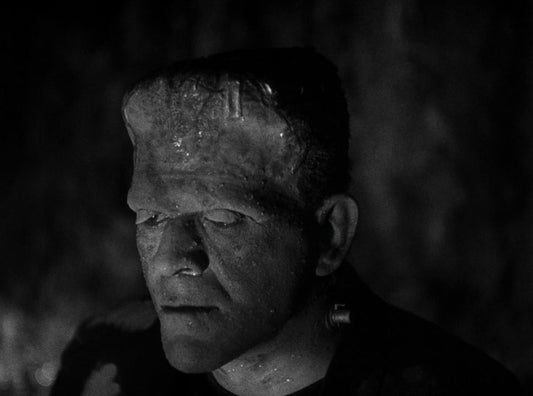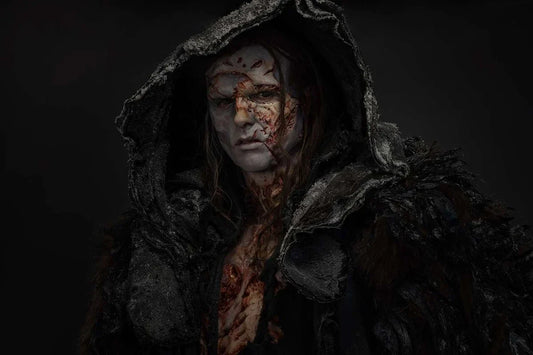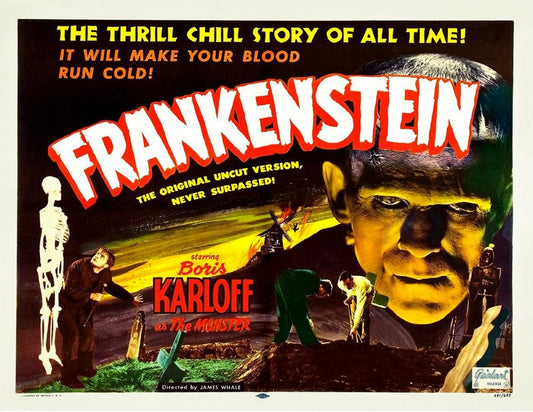 Before vampires had color, before monsters had dialogue — horror was already alive on the silver screen.
Before vampires had color, before monsters had dialogue — horror was already alive on the silver screen.
In the late 1800s and early 1900s, filmmakers didn’t have jump scares or CGI. What they had was light, shadow, and imagination. These early experiments in fright not only terrified audiences but created the visual language of horror that still influences cinema today.
🕯️ Le Manoir du Diable (1896) – The First Horror Film

Le Manoir du Diable (The House of the Devil) is often called the first horror film ever made. Just three minutes long, it features ghosts, demons, and even an early glimpse of the Devil himself. Shot in Méliès’ signature theatrical style, it wasn’t designed to terrify — but to astonish.
Today, it’s in the public domain, freely viewable and endlessly remixed, a fitting start for a genre built on imagination and reinvention.
🧛 Nosferatu (1922) – The First True Nightmare

Where Méliès’ films were playful, F.W. Murnau’s Nosferatu brought real dread.
This unauthorized adaptation of Dracula introduced the world to Count Orlok — a gaunt, rat-like creature creeping through expressionist landscapes. Every frame feels cursed: angular shadows, silent terror, and that unforgettable image of Orlok rising from his coffin.
The film was nearly destroyed in a copyright battle, but a few copies survived — allowing it to enter the public domain and inspire every vampire movie that followed.
🧠 The Cabinet of Dr. Caligari (1920) – Fear as Art
 Caligari took horror inside the human mind. With its twisted sets and painted shadows, it visualized insanity itself — a world where nothing could be trusted.
Caligari took horror inside the human mind. With its twisted sets and painted shadows, it visualized insanity itself — a world where nothing could be trusted.
This German masterpiece didn’t rely on monsters but on mood. Its legacy can be felt in modern psychological horror from Shutter Island to The Babadook, and its expressionist design still shapes the way directors use lighting to suggest madness.
⚡ Frankenstein (1910) – The Monster is Born

Before Karloff’s iconic portrayal, Thomas Edison’s studio created the very first filmed version of Mary Shelley’s Frankenstein.
Running just over 12 minutes, the short features Victor’s experiment as a puff of smoke that materializes into a creature — more theatrical than terrifying, but revolutionary for its time.
Because Shelley’s novel was already in the public domain, Edison could adapt it freely — setting a precedent that continues today with every new Frankenstein retelling.
💀 Why These Films Still Matter
These early works weren’t just experiments they were blueprints. Méliès taught filmmakers to play with illusion. Murnau taught them to haunt the frame. Wiene and Edison taught them to look inward, to question humanity itself.
Every horror film since from Psycho to Hereditary owes something to these first sparks of fear.
And thanks to the public domain, the earliest monsters never truly die. Anyone can restore, remix, or reinterpret them keeping the birth of fear alive for new generations.


